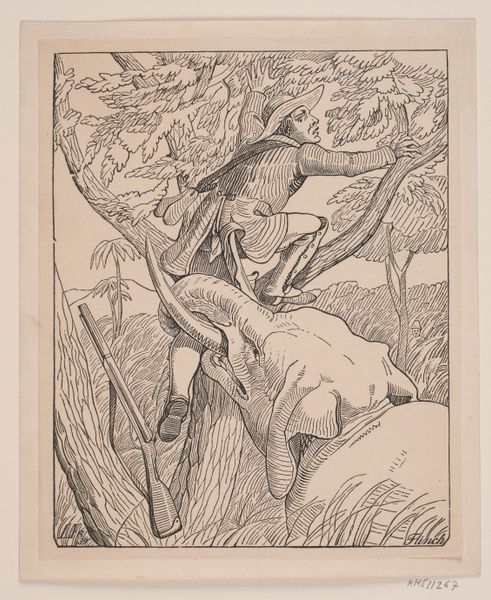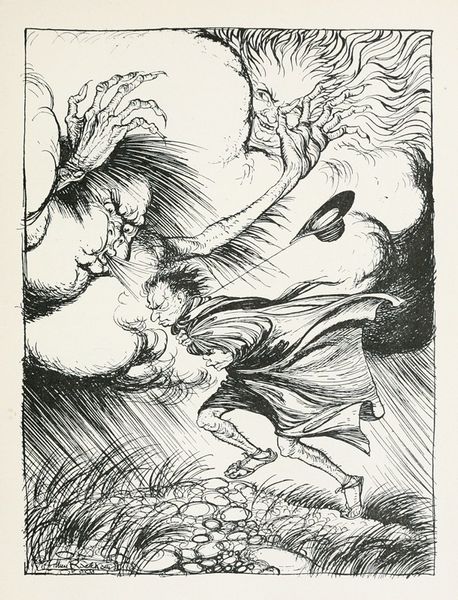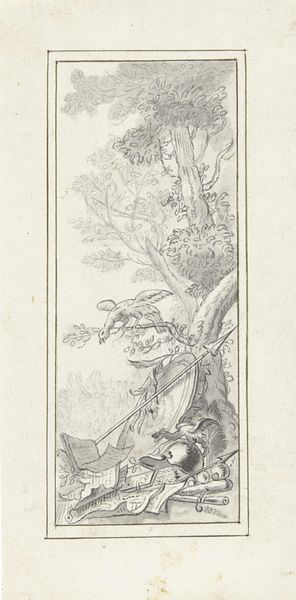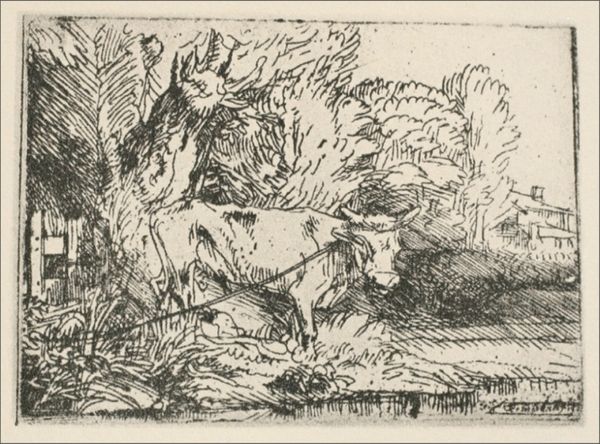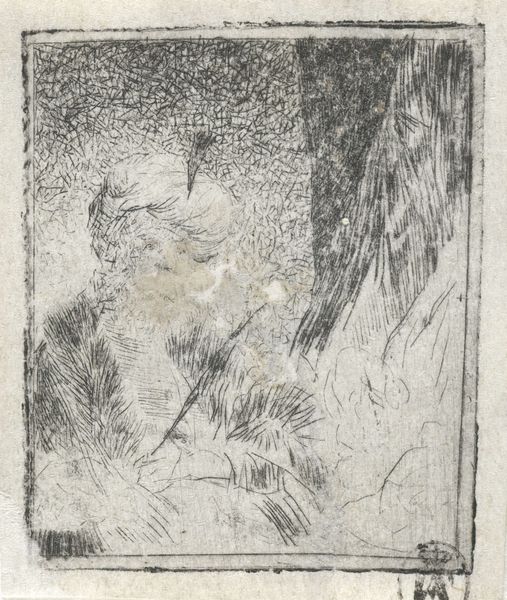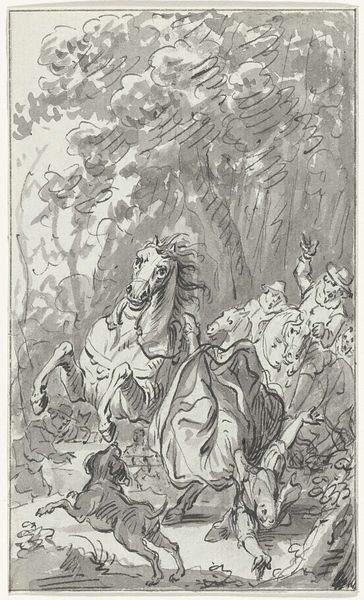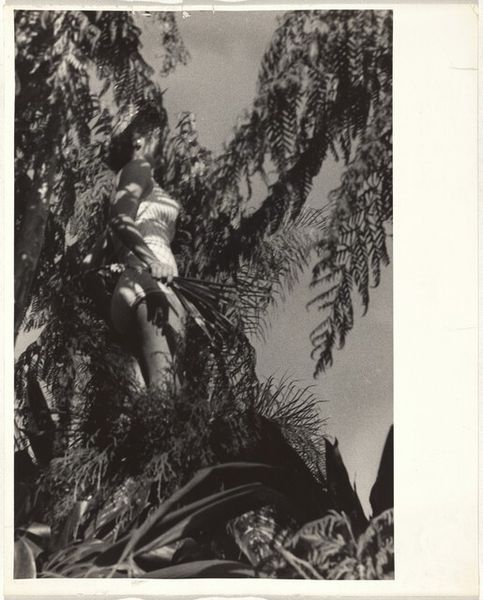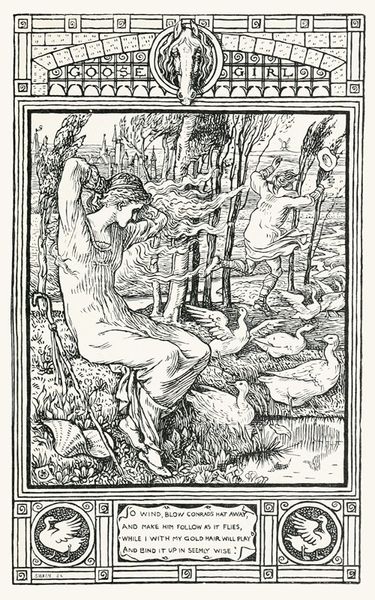
drawing, ink
#
drawing
#
pen drawing
#
arts-&-crafts-movement
#
landscape
#
ink line art
#
ink
#
pen-ink sketch
#
pen work
#
symbolism
Copyright: Public Domain: Artvee
Editor: Here we have Arthur Rackham’s pen and ink drawing, “The Oak and the Reeds,” created in 1912. I'm struck by how dynamic the composition feels, even though it’s just black and white. What do you see when you look at this piece? Curator: Immediately, I observe the dominance of line. Rackham utilizes the density and direction of line to articulate form and space. Notice the contrast between the meticulously rendered textures of the oak and the more gestural rendering of the reeds. How does this juxtaposition contribute to the overall structure of the image, in your opinion? Editor: It's almost like the rigidity of the oak is being challenged by the fluidity of the reeds, a visual dialogue of contrasting forms. Is there a symbolic reason why the trees in the back seem to have faces? Curator: Precisely. Now, regarding the faces in the trees: Rackham often anthropomorphized elements of nature. Functionally, it blurs the line between objective representation and subjective interpretation. How do these implied narratives complicate or enrich the formal arrangement of shapes and lines? Editor: It makes the whole landscape seem alive and engaged in a story, not just a static scene. It seems like the artist used varied lines in order to make the landscape alive. Curator: Correct. What have you gained through analysing the function of the drawing's lines and shapes? Editor: I think paying attention to how Rackham uses lines—thick, thin, dense, sparse—reveals how carefully he constructed the entire composition to make an image more dramatic. Curator: Precisely! Every mark contributes to the whole. A valuable insight, indeed.
Comments
No comments
Be the first to comment and join the conversation on the ultimate creative platform.
